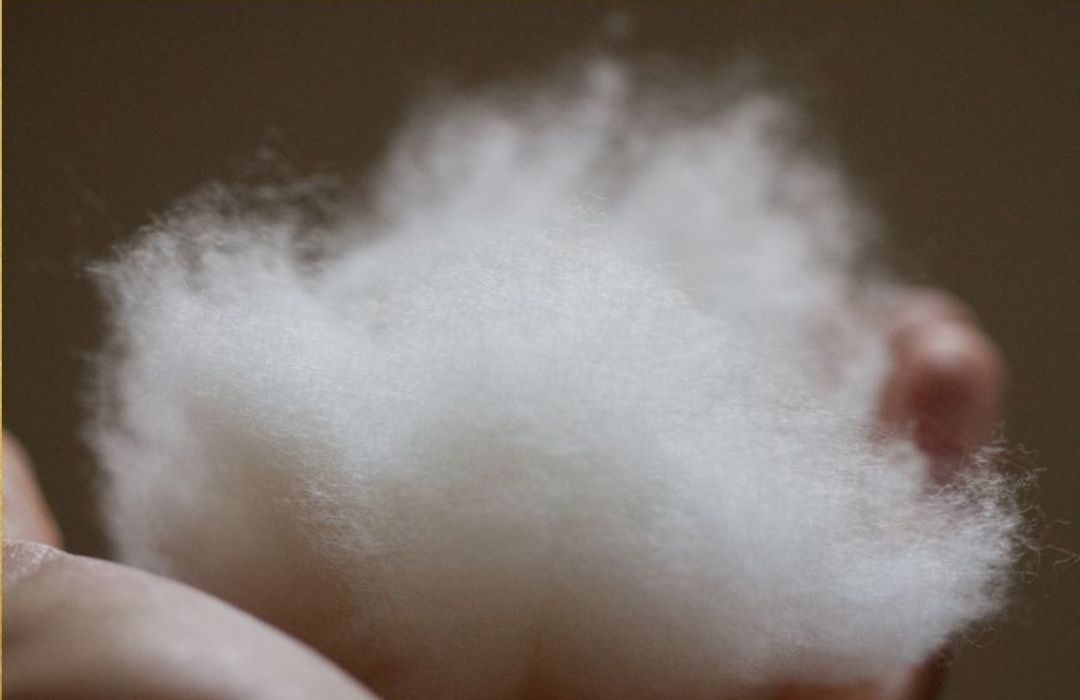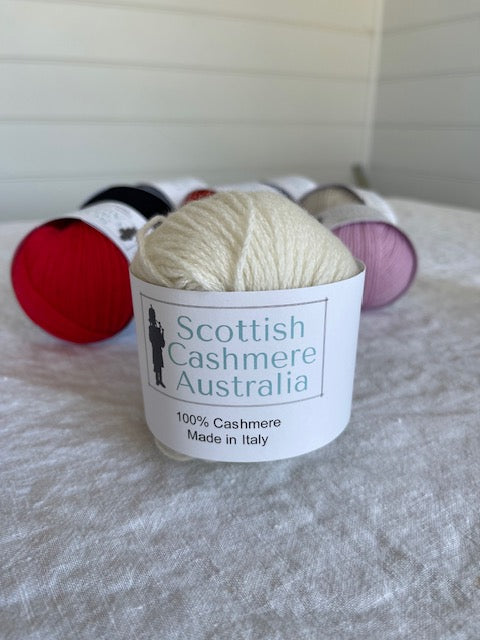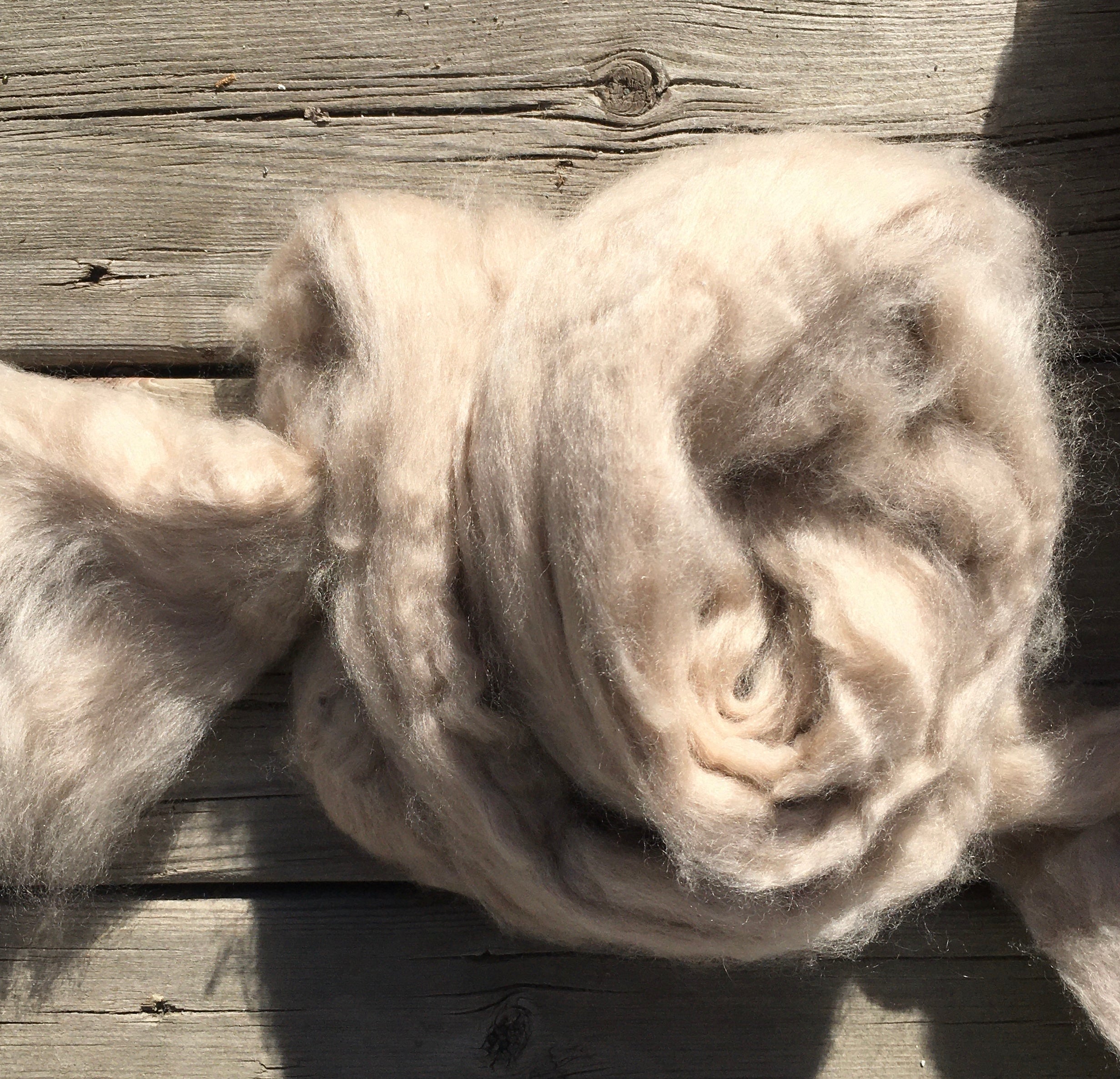Is Cashmere a Natural Fiber? Exploring Its Organic Origins and Uses
Recognizing the Various Kinds Of Cashmere a Natural Fiber and Their One-of-a-kind Benefits

The Beginnings of Cashmere: A Historical Introduction
While the extravagant touch of cashmere proceeds to beauty modern-day customers, its beginnings map back to the rough, cool environments of Mongolia and the Mountain ranges. For centuries, the indigenous peoples of these regions have been raising Capra Hircus goats, the prime source of cashmere wool. These goats, resistant against the severe winter seasons, grew a fine undercoat to survive, which later on came to be recognized as cashmere.

The Manufacturing Process: From Goat to Garment
Shearing a Capra Hircus goat notes the inception of the complex cashmere manufacturing process. This fragile treatment generally happens annually during springtime. The penalty, soft undercoat is after that separated from the coarser outer hair, a process recognized as dehairing. The resultant raw cashmere is after that cleaned to remove pollutants such as oil, dust, and veggie issue.
The clean fiber is subjected to dyeing, spinning, and weaving, or knitting, to transform it into a textile. Facility treatments such as quality assurance checks and ending up procedures adhere to, ensuring completion item maintains the lavish criterion anticipated of cashmere. This meticulous process, from goat to garment, validates the high expense connected to cashmere products, making them a symbol of deluxe and improvement.
The Different Sorts Of Cashmere: An Extensive Analysis

The Distinct Benefits of Cashmere: Comfort and Sustainability
Relocating from the variety of cashmere types to the advantages they supply, comfort and sustainability stand out plainly. Cashmere, an all-natural fiber, is renowned for its exceptional gentleness, offering a level of comfort that artificial fibers can not match.
When it pertains to sustainability, cashmere is biodegradable and eco-friendly, as it's harvested from cashmere goats who regrow their layers annually. what is cashmere. Unlike artificial fibers which can take centuries to disintegrate, cashmere's effect on the setting is minimal. This combination of comfort and sustainability makes cashmere a valuable choice for aware consumers

Taking Care Of Your Cashmere: Maintenance and Preservation Tips
While cashmere is definitely a sustainable and glamorous option, it calls for details care to maintain its quality and expand its lifespan. To begin, cashmere need to be hand cleaned making use of cold water and a light detergent. Prevent wringing the garment or turning as it can harm the fibers. Rather, gently capture out excess water and lay it flat on a towel to dry. Cashmere things should be saved in a cool and dry place, away from straight sunlight and wetness. Making here use of moth repellents can shield these garments from potential damages. It's advisable to prevent hanging cashmere to avoid stretching. Instead, fold and store them correctly to preserve their shape and high quality in time.
Buying Cashmere: Comprehending Its Worth and Well Worth
Although cashmere may initially look like an expensive investment, its long-lasting value and worth become apparent when you consider its amazing high qualities. Understood for its unparalleled soft qualities and heat, cashmere is a premium all-natural fiber that outshines various other materials. Its high demand and minimal supply add to its high price, yet its toughness ensures it lasts for click resources several years, using outstanding worth for money. Cashmere pieces are classic, usually coming to be treasures gave with generations. what is cashmere. Moreover, its all-natural protecting buildings supply warmth without the mass of synthetic fibers. Purchasing cashmere, for that reason, is not practically existing style trends, however concerning welcoming a lasting, long-lasting, and extravagant lifestyle.
Conclusion
In summary, the sort of cashmere one selects, be it Mongolian, Chinese, or Italian, is determined by private preferences for heat, sustainability, budget, and deluxe. The value of cashmere extends past its price, with convenience and durability contributing to its well worth. Correct treatment and upkeep can guarantee its conservation. Recognizing the origins, manufacturing process, and one-of-a-kind advantages of various kinds of cashmere can guide customers in their financial investment in this glamorous natural fiber.
Whether it's the extraordinary warmth of Mongolian cashmere, the affordability of Chinese cashmere, or the eco-conscious production of Italian cashmere, there's a tale to be discovered behind each fiber type. Cashmere, an all-natural fiber, is renowned for its unrivaled softness, giving a level of convenience that artificial fibers can't match.When it comes to sustainability, cashmere is biodegradable and renewable, as it's harvested from cashmere goats that regrow their coats each year. Understood for its unequaled gentleness and warmth, cashmere is a premium natural fiber that surpasses various other why not try here materials. Recognizing the beginnings, production process, and distinct advantages of different types of cashmere can guide consumers in their investment in this lavish all-natural fiber.